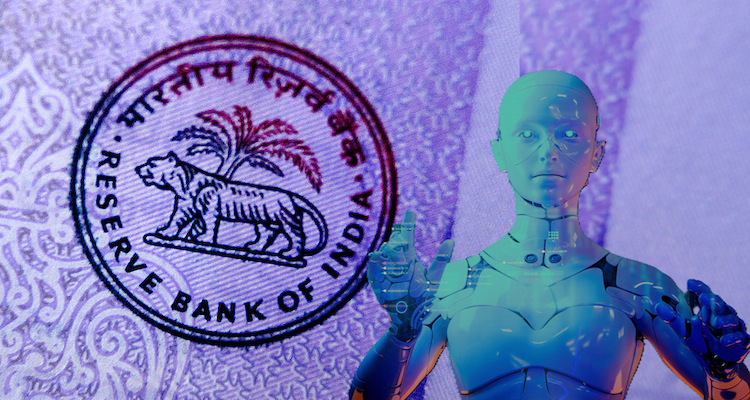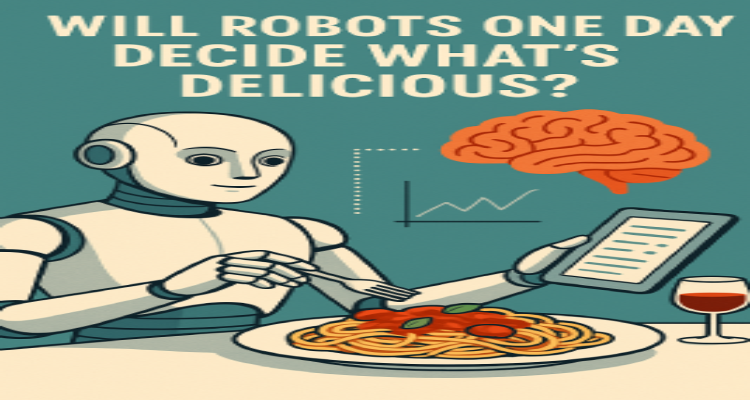RBI’s AI Push: Can Machines Redefine Trust in Indian Banking?
The Reserve Bank of India’s new AI ethics framework signals a cautious yet inevitable shift toward artificial intelligence in banking, balancing innovation with trust.
The Banking Revolution Meets Artificial Intelligence
India’s financial sector stands on the brink of another major transformation this time powered by artificial intelligence (AI). The Reserve Bank of India (RBI) has rolled out a landmark framework titled “Framework for Responsible and Ethical Enablement of Artificial Intelligence (FREE-AI)”, aimed at guiding banks through responsible AI adoption. But as innovation accelerates, one question looms large: Can automation coexist with the deeply human foundation of banking trust?
India’s Banking Expansion and the Digital Wave
Over the past decade, India’s financial inclusion journey has been nothing short of remarkable. According to World Bank data, 89% of Indian adults held a financial account in 2024, up from just 35% in 2011. Initiatives like Pradhan Mantri Jan Dhan Yojana (PMJDY) and the explosive rise of digital payments have brought millions into the formal economy.
With such widespread participation, even a modest technological change like AI integration could send ripples across every layer of India’s banking ecosystem. Industry experts agree: AI is coming to banking, but its adoption will be measured, ethical, and carefully controlled.
AI in Banking: A Slow but Certain Shift
“AI’s promise is vast, but so are its risks,” said Deepak Kumar, former director of the RBI’s Institute for Development and Research in Banking Technology (IDRBT). Kumar outlined the sector’s biggest hurdles: security, trust, and accountability.
He explained that while AI can assist human employees, placing it in a decision-making role without safeguards would be reckless. “If AI can defend a system, it can also be exploited by criminals. That’s why banks must first strengthen AI-driven cybersecurity,” Kumar noted.
On the issue of trust, he added, “AI’s conclusions are probabilistic. To gain user confidence, every AI-driven decision must be transparent its logic must be understandable and defensible.” Accountability, too, remains critical, especially as “agentic AI” AI capable of autonomous decision-making enters the picture. Kumar emphasized that banks must clearly define who is answerable when algorithms act.
As for fears of job loss, he struck a balanced note: “Human presence is essential in banking. Predicting job displacement now would be premature.” Yet, he urged banks to continue AI research and upskilling programs, noting that “reskilling will be vital for employees to thrive alongside technology.”
How AI Could Empower Customers, Not Replace Bankers
The future of AI in banking isn’t about replacing humans but enhancing services—especially for India’s low-income population. With nearly 1.2 billion Indians living on lower incomes, equitable access remains a top priority.
According to Ramakrishna Regulugedda, former Chief General Manager at NaBARD, AI could revolutionize financial inclusion. “AI models can analyze non-traditional data like utility payments or mobile usage patterns to evaluate creditworthiness,” he explained.
This technology can help banks make smarter lending decisions for customers without a formal credit history while also helping borrowers find the most suitable financial products. “It’s a win-win banks reduce risk, and customers get better access,” he said.
On potential layoffs, Regulugedda was reassuring: “Trust is the cornerstone of banking, and machines can’t offer that. AI will assist, not replace, the human banker.”
Why Trust Still Defines Banking
The dream of a fully automated, “human-free” bank has long captured imaginations. Yet, Dr. Vikas Singh, adjunct professor at the Indian Institute of Public Administration, argues that such a vision oversimplifies banking’s human essence.
“For decades, technology enthusiasts imagined banks where algorithms approve loans in seconds and bots handle every query. While automation has streamlined tasks like fraud detection and KYC, it hasn’t replaced empathy,” Dr. Singh noted.
He pointed out that despite the digital revolution, most customers still prefer face-to-face interactions. “Seven in ten Indians visit a branch when facing issues. Trust is built through personal connection, not efficiency,” he emphasized.
Dr. Singh believes that overreliance on automation risks alienating customers. “Corporates are beginning to realize that while chatbots may seem innovative, they can’t replicate the value of human understanding. The customer still wants to talk to a real person,” he said.
Balancing Innovation with Ethics
The RBI’s FREE-AI Framework aims to strike a delicate balance embracing technology while safeguarding accountability and human trust. It encourages banks to build AI systems that are transparent, fair, and explainable, with robust mechanisms to prevent bias and misuse.
AI adoption, experts say, will unfold gradually. Banks will likely begin with AI-assisted analytics, fraud detection, and risk management before allowing algorithms to make customer-facing decisions.
However, the greatest challenge will be cultural ensuring AI enhances, not erodes, trust. For India’s diverse and emotionally nuanced customer base, empathy remains irreplaceable.
The Human Touch Still Wins
Artificial intelligence promises to make banking faster, smarter, and more inclusive. Yet, technology alone can’t carry the weight of trust a currency that has always defined India’s financial institutions.
As AI reshapes the industry, the future of banking will hinge not on algorithms or automation, but on how seamlessly humans and machines can work together combining efficiency with empathy, and innovation with integrity.
(Disclaimer: The views and opinions expressed in this article are based on publicly available information, expert commentary, and independent journalistic analysis. They do not necessarily reflect the official policy or position of any government agency, financial institution, or organization mentioned. While every effort has been made to ensure factual accuracy, readers are advised to verify information independently before making financial or policy decisions.)
ALSO READ: AI Addictions: Can Robots Get Hooked Like Humans?










